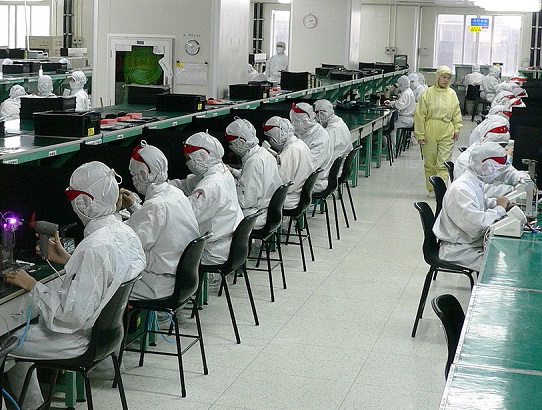Outsourcing Vs Reshoring: The Case for Local Manufacture
This is one of our free-to-access content pieces. To gain access to all Ideas for Leaders content please Log In Here or if you are not already a Subscriber then Subscribe Here.

Companies offshore their manufacturing to take advantage of lower wages and other cost savings in overseas countries. However, costs incurred from having an extended supply chain may in fact be wiping out the savings from offshoring advantages. MIT Sloan visiting professor Suzanne de Treville believes that one can make a financial case for reshoring manufacturing.
For the past 20 years, like a herd of stampeding buffaloes, companies have been moving en masse their manufacturing to low-labour-cost countries. Despite the occasional bad publicity as working conditions in some of these countries become known, the tidal wave of offshoring seems to make financial sense: companies save money on wages, which are reflected in lower costs to the consumer.
The financial case for offshoring assumes, however, that there is no financial penalty from offshoring — or at least that the penalty is more than offset by the cost savings. Many companies are beginning to question this accepted wisdom as they find themselves, according to University of Lausanne and MIT Sloan visiting professor Susanne de Treville, “with massive inventories, yet in spite of those inventories they frequently are not able to meet all demand.” Are overstock and stockout costs high enough to destroy the financial advantage of lower wages?
Calculating what de Treville calls the “mismatch costs” is the key to the financial case for reshoring manufacturing. For example, imagine two suppliers bidding for a contract: one offers to immediately produce the order, while the second makes a bid that is 30% lower, but the buyer must accept three-month lead time on the order. While the second offer may seem reasonable, when one quantifies and factors in the demand volatility exposure (potential loss of profits from variation of demand) during that time, the long-lead-time supplier actually needs to offer a cost differential of 40%, not 30%, to cover the mismatch costs incurred by the buyer. (Interestingly, de Treville found in her analysis that the greatest mismatch costs were incurred between make to order and 30 days. Extending the order lead time from 50 to 100 days, for example, makes little difference).
Decision makers have to ask themselves whether they are making choices regarding offshore suppliers that are as financially sound as they might have thought. The mismatch costs identified by de Treville (and for which she offers a real options calculator only recently made available) is just one of a growing number of factors in support of reshoring. Other factors include: supply risks (or as de Treville writes, “there are more ways for things to go wrong when a product is being transported across 12 time zones rather than 12 miles”); the disconnect between R&D at home and far-away manufacturing; and the risk of intellectual property loss.
Mismatch costs, however, present one of the more compelling cases for paying middle-class wages and avoiding, to use the familiar phrase, being penny-wise and pound-foolish.
The Financial Case for Local Manufacturing. Suzanne de Trevill. Outsource Magazine (24th June 2014).

Ideas for Leaders is a free-to-access site. If you enjoy our content and find it valuable, please consider subscribing to our Developing Leaders Quarterly publication, this presents academic, business and consultant perspectives on leadership issues in a beautifully produced, small volume delivered to your desk four times a year.

For the less than the price of a coffee a week you can read over 650 summaries of research that cost universities over $1 billion to produce.
Use our Ideas to:
Speak to us on how else you can leverage this content to benefit your organization. info@ideasforleaders.com